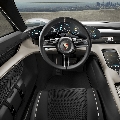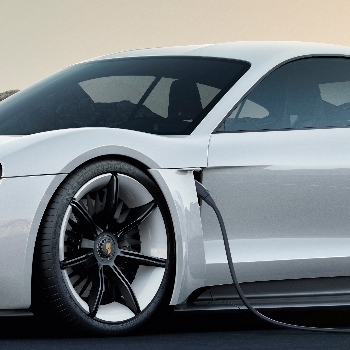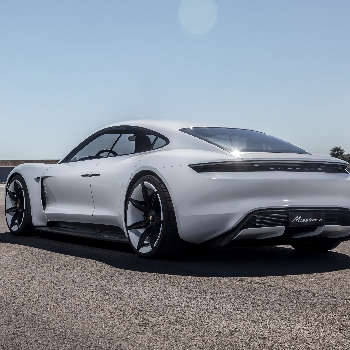Porsche is about to manufacture a fully electric sports car and is establishing bee colonies in Germany

Porsche will manufacture a fully electric car in 2019 and is introducing 25 new bee colonies to the factory's off-road site near Leipzig.

The name of the electric car has been revealed: the Taycan, translated as “lively young horse”, referencing the imagery at the heart of the German carmaker's crest, which has featured a leaping steed since 1952. Electric, strong and dependable, the vehicle can cover long distances and is assuming its place in the range of sports cars(*).

Porsche plans to invest more than six billion euro in electromobility by 2022. Some 500 million euro will be used for the development of Taycan variants and derivatives, around one billion euro for electrification and hybridisation of the existing product range and several 700 million euro for new technologies, charging infrastructure and smart mobility.

The German carmaker is owning a 132 ha nature area near Leipzig, dedicated to biodiversity for 18 years. It is now home to around three million bees: specially created ponds, wetlands and pasture areas provide a natural habitat for numerous animal and plant species. Alongside various types of flora and the bees, the grazing paddocks are home to countless species of birds, insects, frogs, hares and bats, as well as 25 wild horses and 75 aurochs.25 new colonies composed of 1.5 million honey bees will be introduced for a harvest of about 1,000 kilograms, instead of 400 kilograms in 2017.
Photos © Porsche
(*) Two permanently excited synchronous motors (PSM) with a system output of over 600 hp (440 kW) accelerate the electric sports car to 100 km/h in well under 3.5 seconds and to 200 km/h in under twelve seconds. This performance is in addition to a continuous power level that is unprecedented among electric vehicles: Multiple jump starts are possible in succession without loss of performance, and the vehicle’s maximum range is over 500 km in accordance with the NEDC.
Friday 10 August 2018, 11:06










